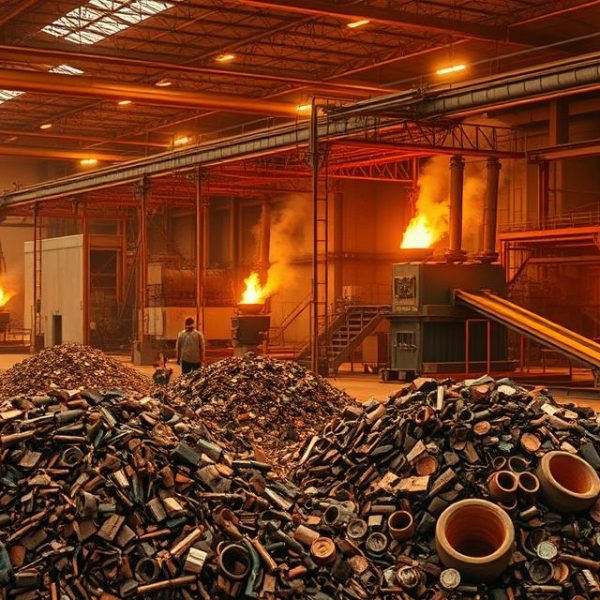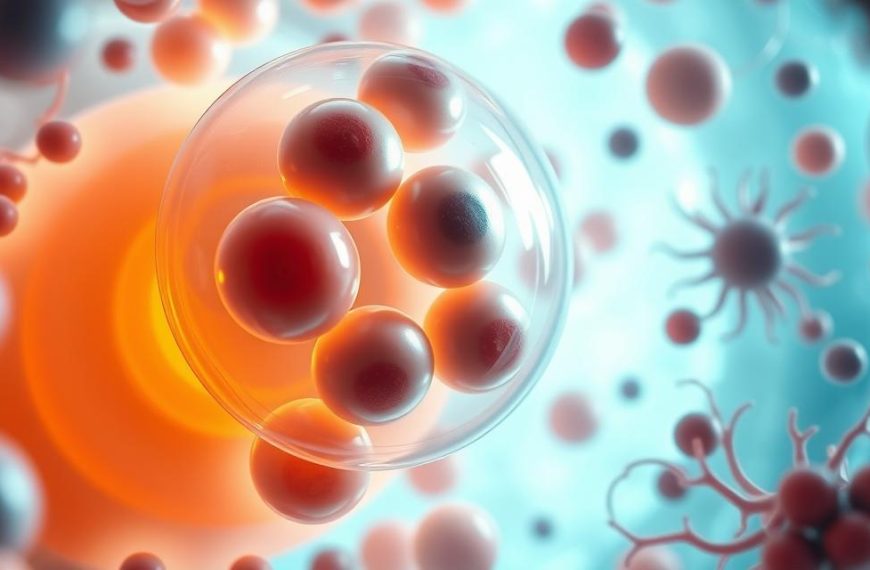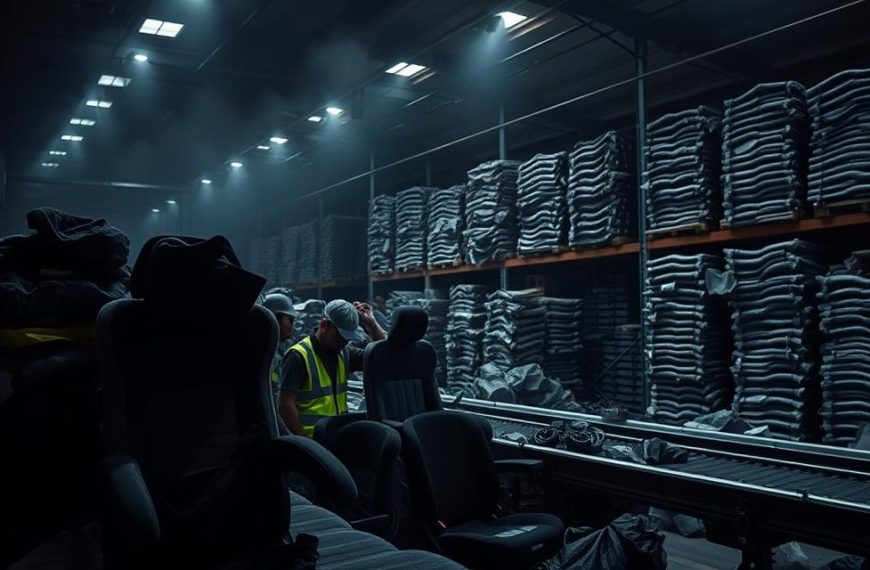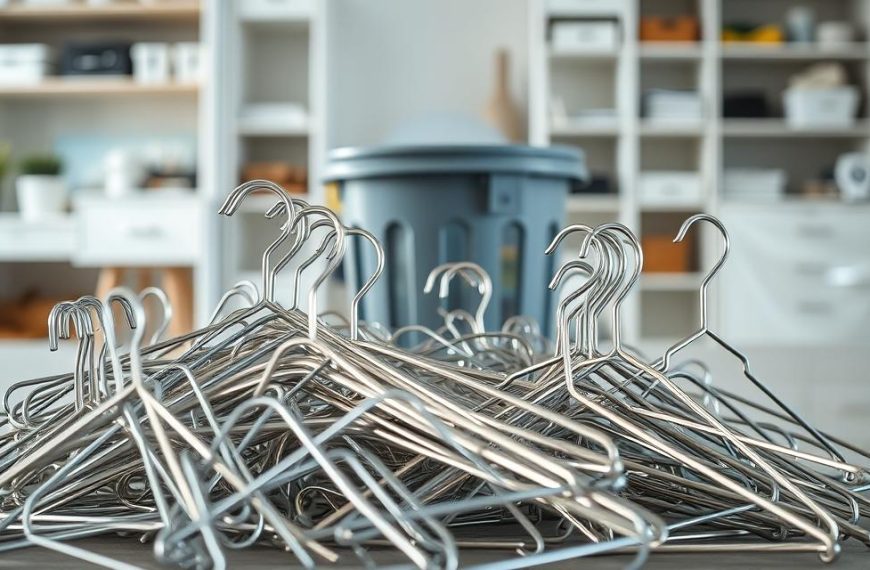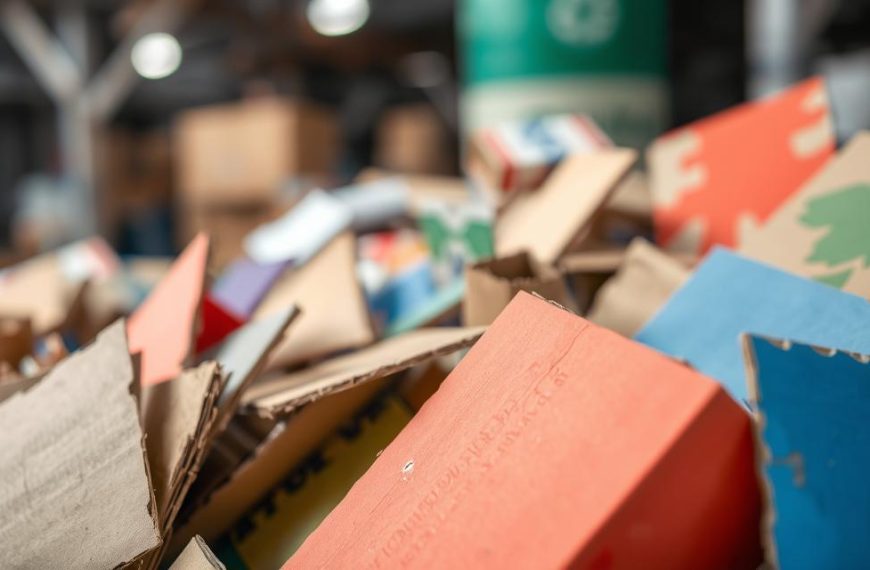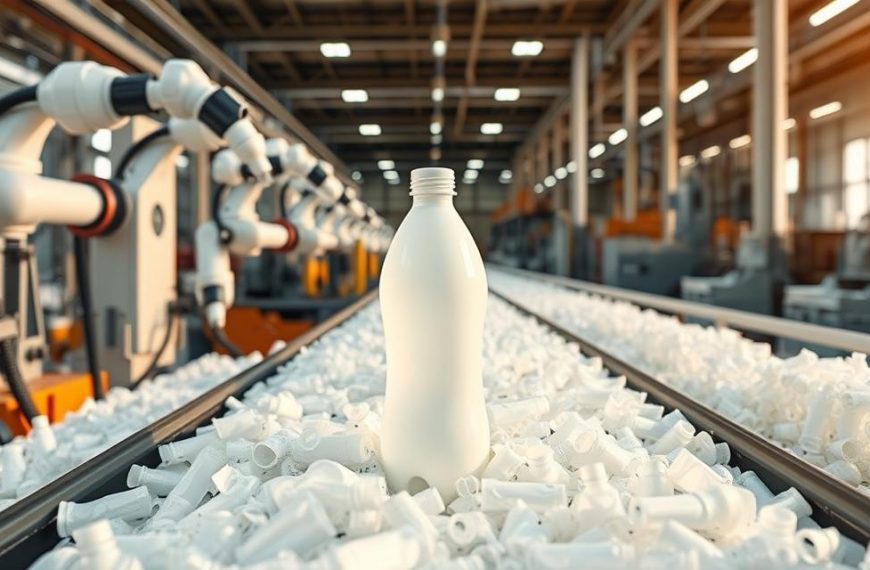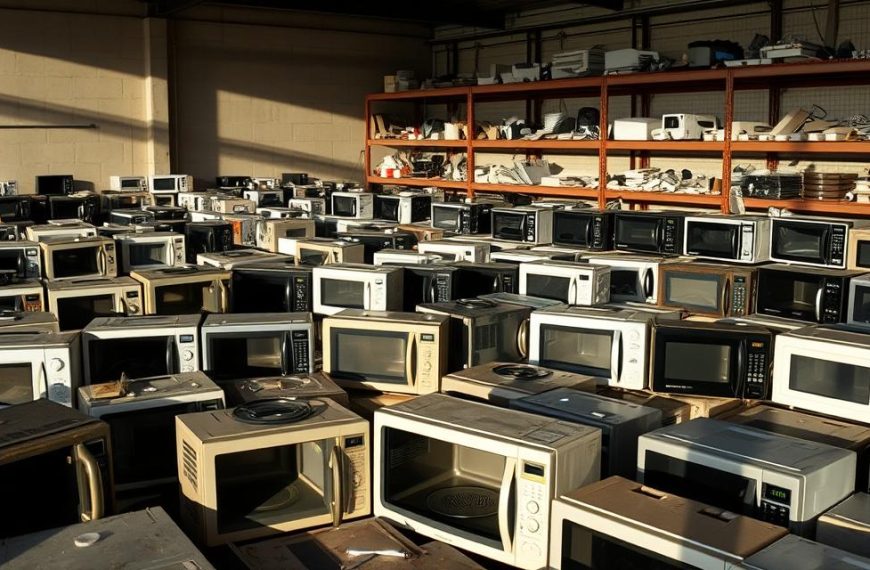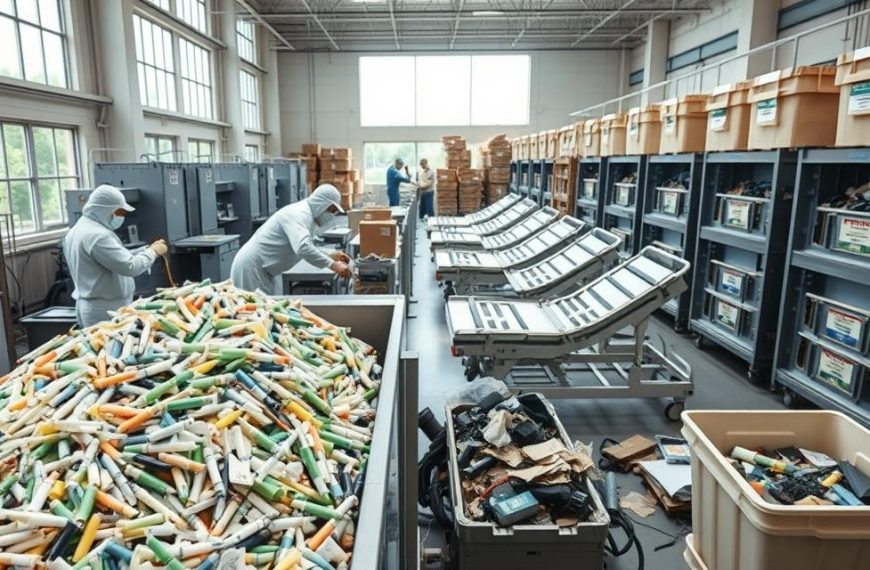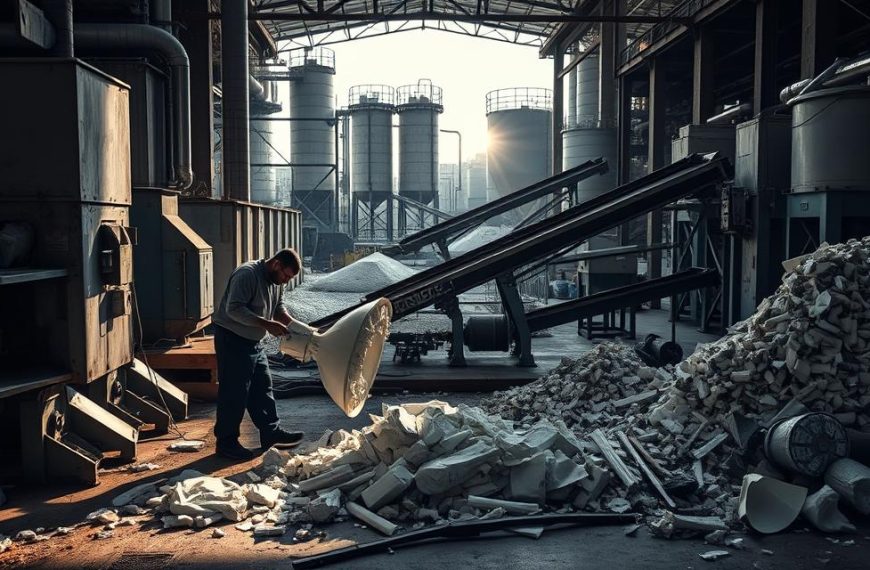Blog
What Are the Cell Recycling Centers in Biology?
In biology, lysosomes are known as the primary recycling centers within eukaryotic cells. These membrane-bound organelles play a crucial role in maintaining cellular health. They…
How and Where to Recycle Old Car Seats
Every year, 4 million babies are born in the U.S., and each child typically uses a car seat for 8+ years. However, millions of these…
Trending
Latest Stories
Can You Recycle a Microwave Oven?
Electronic waste, or e-waste, is a growing concern in the United States. According to the EPA, it makes up 2% of the nation’s trash but accounts for 70% of toxic landfill waste. Improper disposal of…
How to Recycle Used Medical Equipment
Reusing devices offers significant environmental and social benefits. It reduces waste and supports the circular economy, ensuring resources are used efficiently. This practice also helps underserved clinics access essential tools, improving healthcare outcomes. Programs like…
Is Fibreglass Recyclable?
Fibreglass, a versatile material, is widely used in various industries due to its strength and durability. However, its growing use has led to significant waste challenges. Wind turbine blades, often over 350 feet long, and…
Can Toilet Paper Rolls Be Recycled?
Every day, millions of households use products that contribute to waste. Among these, cardboard tubes from bathroom essentials often end up in the trash. However, these tubes are recyclable when clean and dry, making them…



